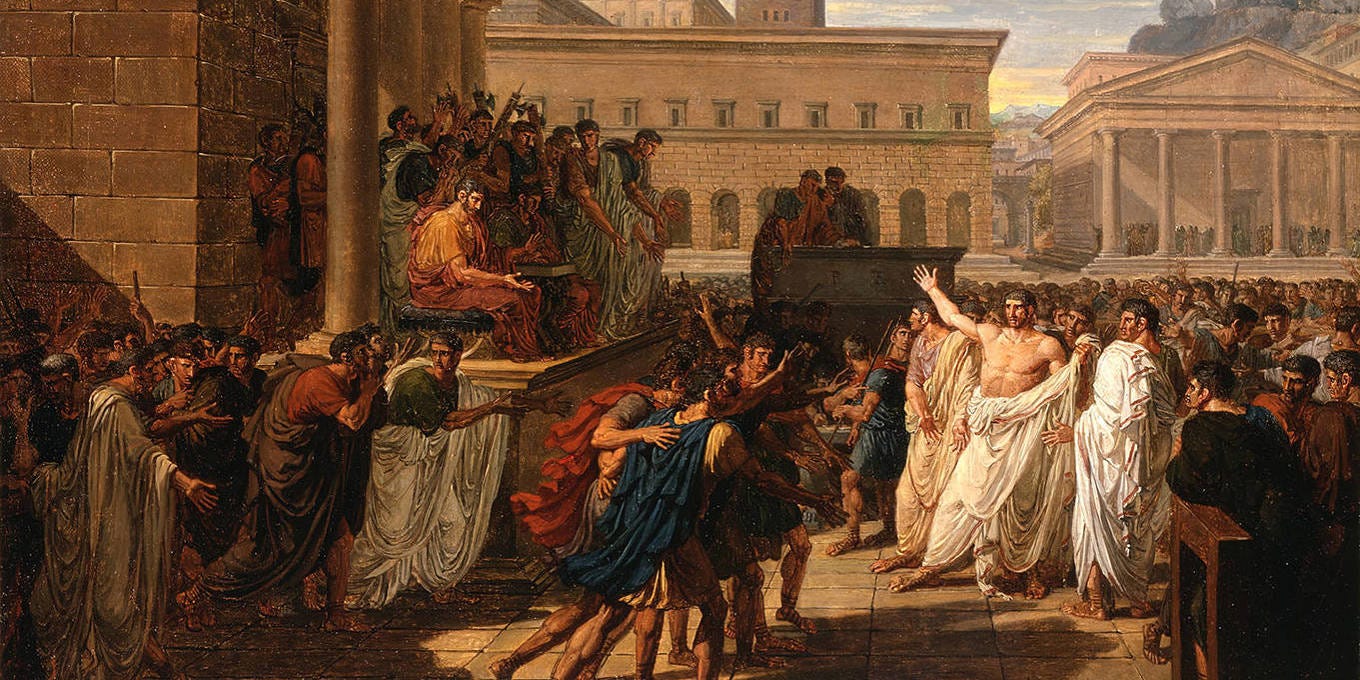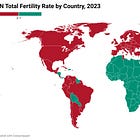What Ancient Rome Can Teach China About Demographic Collapse
China’s demographic spiral bears a striking resemblance to that of ancient Rome, where changing social norms and drastic population-control measures brought irreversible decline.
Don’t miss our Deep Dive “The Illusion of Chinese Strength: Power, Paranoia, and the Temptation of War”. It’s one of the most important things we’ve ever published.
by Yi Fuxian
August 11, 2025
On July 28, China announced a new monthly childcare subsidy of CN¥300 ($42) for each child under the age of three. Aimed at boosting the country’s fertility rate, this policy marks a dramatic shift — just a few years ago, families were fined 3-10 times the per capita annual income for unauthorized births.
China’s current demographic challenges and policy responses bear striking similarities to those of ancient Rome, where sustaining the population required each woman who lived to menopause to bear between five and seven children. Yet even with this shortfall, the Romans actively practiced eugenics. As Seneca, adviser to Emperor Nero, declared: “Children, too, if they are born weak or deformed, we drown.”
Female infants faced a significantly higher risk of infanticide. Just 1% of the 600 families recorded in second-century Delphic inscriptions raised two daughters. This led to severely skewed sex ratios: 131 males for every 100 females in Rome, and up to 140 males per 100 females in Italy and North Africa. The resulting shortage of women fueled population decline. Social attitudes compounded the problem: many men were unwilling to marry, despite the pleas of figures like the Roman statesman Metellus Macedonicus, who insisted it was their civic duty to have children.
China, too, embarked on a population-control experiment, implementing a One Child Policy (under the eugenics-tinged slogan “fewer but better births”) from 1980 to 2015. Official data show that 369 million abortions were performed between 1980 and 2020 — some of them forcibly. In 2020 alone, 43% of all pregnancies ended in abortion.
Like ancient Rome, China disproportionately targeted female babies. The 2010 census registered 119 boys for every 100 girls aged 0-9 nationwide. In places like Jishui County in Jiangxi Province, the ratio was as high as 163 boys per 100 girls. This gender disparity has had long-term demographic consequences: first marriages had declined by 61% between 2013 and 2024. And the trend is expected to persist, as the number of women aged 20-34 — the age group responsible for 85% of Chinese births — is projected to fall by half by 2050.
To combat declining births, Rome’s first emperor, Augustus, introduced pronatalist reforms. These included the Lex Julia in 18 BC and the Lex Papia Poppaea in 9 AD, both of which aimed to encourage marriage and childbearing by offering rewards to parents and penalizing unmarried or childless citizens — specifically, men over 25 and women over 20. Ironically, both of the consuls who drafted the Lex Papia Poppaea were themselves unmarried.
Rome’s elite, reliant on slave labor rather than familial support, had little incentive to raise children. Even Augustus, when reminded of his disgraced only biological child, Julia, is said to have sighed and exclaimed, “Would that I had never married, and that I had died without offspring.”
By contrast, imperial China — adhering to Confucian values — fostered a robust family-based support system, rewarding child-rearing and punishing unfilial behavior as severely as treason. But in modern China, state-run social security has gradually replaced the family’s traditional economic functions, reducing incentives for childbearing. As one young man in Shanghai put it, “We are the last generation.”







